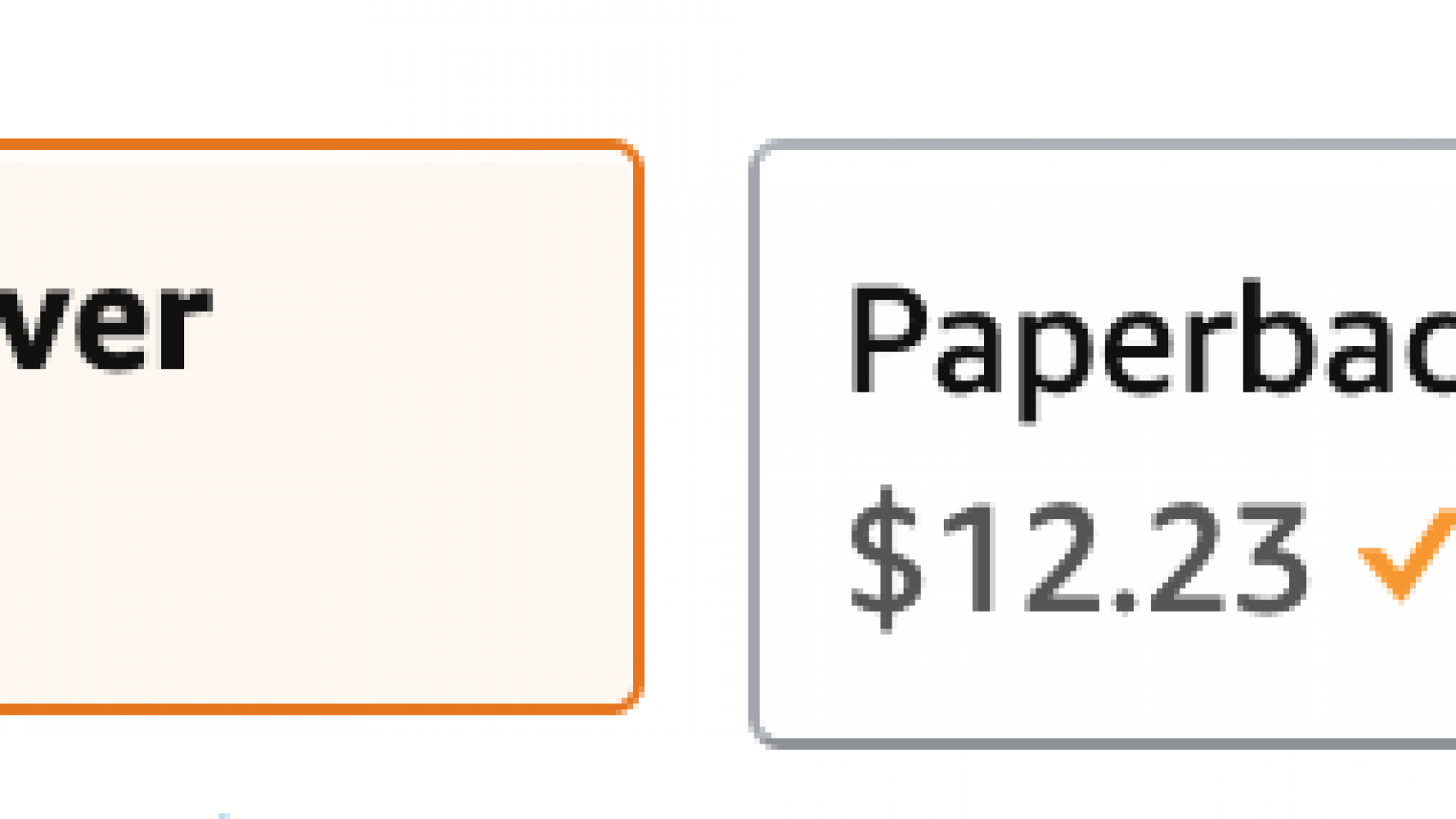Hardbacks are supposed to sell for more. They cost more to make, are studier, and look cooler. Elisabeth Rosenthal’s An American Sickness is now on Amazon, with the hardcover edition priced at a 38% discount to the paper version. What gives? Dig a little deeper and not being part of prime ($5 more for slower shipping), and the pricing arbitrage makes more sense. The lesson: don’t take all observations or claims at face value.
Prices aside, Rosenthal’s book is worth a read for anyone interested in healthcare and policy. She comes with deep experience and credentials. I disagree with much of what she says. One claim throughout is that the profit motive is the biggest thing that ails healthcare. She doesn’t mention the distinction between excess profits, and profits, or hold up a greater standard of a “purer” system (e.g., the VA system, monastic in its motives and lack of profit motives, is rife with problems and is almost never held up as something to emulate ). For-profit hospitals actually charge less on average than not-for-profit. Profit has a big role in innovation, helps to allocate resources, and reduce wait times. Few complain about LASIK, implants, or braces and the profit motive; granted, these are elective. However, there is much to like in the book and I respect it enough to have written close to 3,000 words worth of notes, comments, and questions.
Who are the bad actors in healthcare? Who makes the most excess profit from the American Health system? There’s a great piece in The Economist from last year that looks at the layers in the US system, and the source of our $5,000 excess costs compared to our European friends. It establishes the idea of excess profits, or returns on capital profits in excess of 10%, “a yardstick of the maximum that should be possible in any perfectly competitive industry.” The worst offenders are the middlemen (insurance companies, brokers, consultants, pharmacy benefit managers, and more) who account for 2/3 of the industry’s excess profits. Let me stop with a sobering point made in the article, “Total excess profits amount to only about 4% of America’s health-care overspending.” $200 per American. That’s modest but all excess is on the table and there’s some room for hope. New ways of purchasing healthcare are emerging and companies, big purchasers of healthcare, such as Berkshire-Amazon-JPMorgan Chase are wising up. Insurance companies and PBMs stock returns have suffered lately. They need not be pitied. They have the most to lose and big lobbying budgets to advance their agendas.
Markets are mostly agnostic and teach us that prices come with reasons. Few things are actually “totally insane” though there are imbalances and shenanigans. For the US system, when you consider wage differences, higher innovation, high administrative costs, the relative lack of rationing, our expanding waistlines, excess profits, and the nature of insurance and who pays the bill, the cost of healthcare relative to Europe is worthy of scrutiny and disbelief, but it’s explainable.

